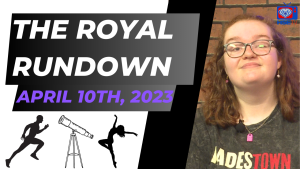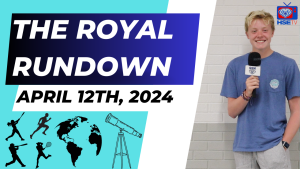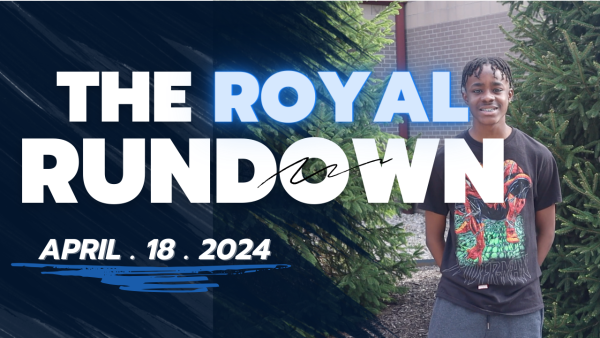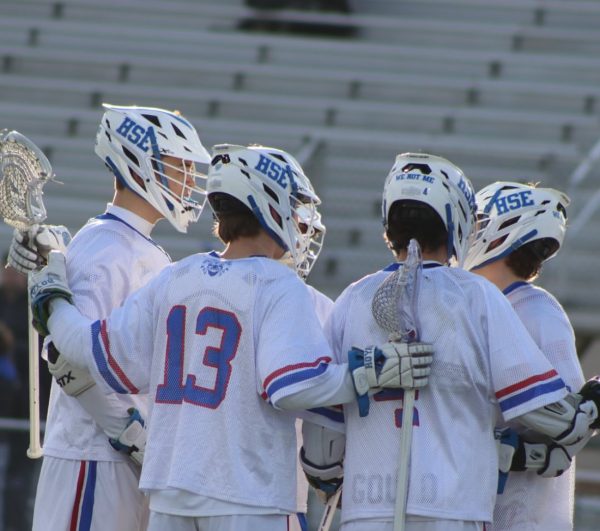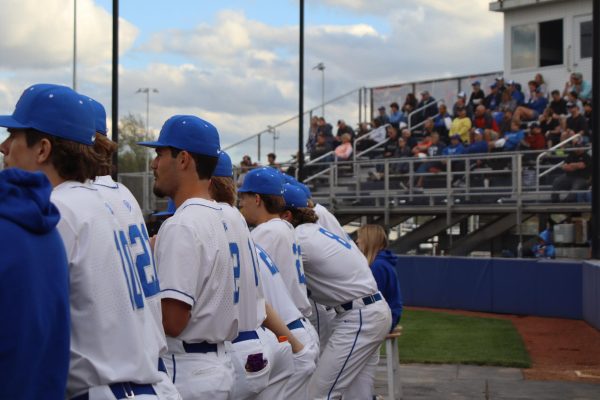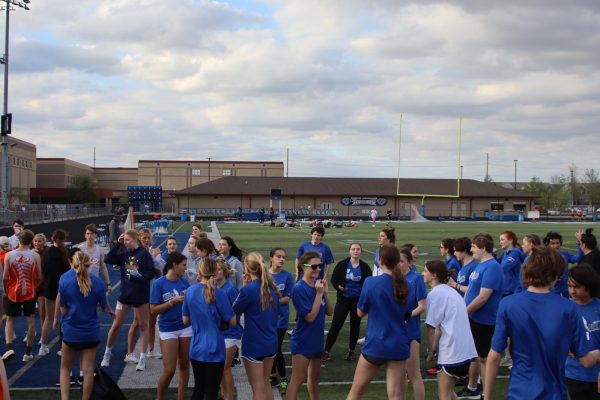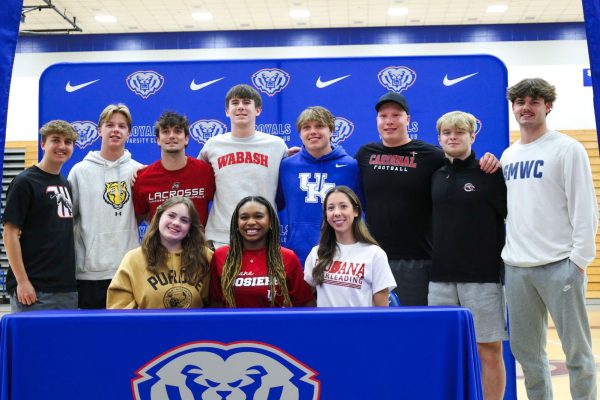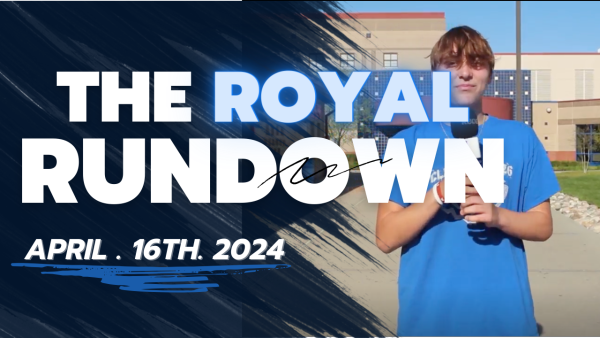SSN: Women In Sports Media
March 20, 2021
You know about women in sports, whether you watch them or not. Soccer star Alex Morgan, or Tennis legends Serena and Venus Williams. It has been talked about a lot how women sports are underrepresented in the media and aren’t given due credit for their hard work. For example, a lead WNBA player makes only up to 25% of an NBA rookies salary. In return you have probably also heard every argument about women’s sports not getting traction, causing their numbers to be lower. But something that is not talked about nearly enough are the women working behind the scenes of your favorite sports, women’s or men’s leagues. A lot of women in the sports world are known for being in front of the camera, but there has to be another woman somewhere whether it be in the studio- or even on the field.
In the year 2021, we have already hit 2 huge milestones for women who work closely in certain sports industries. In February, we had Sarah Thomas- the first female referee to officiate a Super Bowl game. What others may not know is that this isn’t Thomas’ first history making move. Thomas was also the NFL’s first full-time female ref. Despite this, lots of people look beyond her historical advancements for women in the sports world. One comment under an interview with her on a website says, “Need to get her a tighter ‘uniform’”. Even after the steps made for women in sports, sexist and degrading comments are still being made about these women. The other milestone that has been hit in 2021 is Maia Chaka becoming the NFL’s first Black, female ref. While many people go to congratulate her on making this impact on the NFL, others go straight to the NFL Officiating’s social media and start to make comments about what seems to be one bad call that she missed at a lower level position and another man saying, “The NFL is hiring less qualified officials just because they are women…”.
These obviously aren’t the only instances of sexism in the sports workplace. Popular woman sportscaster Erin Andrews, was travelling to Nashville, Tennessee, staying in a hotel room where a “stalker” took a video of her nude through the peephole of her room door. The video then got posted and spread quickly across the internet. Even just last summer, 15 women who worked closely with the Washington Football team reported being verbally and sexually harassed by multiple former employees for the team. Reporter Lindsay Jones who was involved in this case said to the Washington Post, “It was remarkable that 15 women went on the record. At the same time, I feel like it could have been 50, just given what it’s like working in and around sports,”. This comment by Jones fuels the idea that this is a regular occurrence for women who work closely with sports.
In an article published by Washington State University, it was shown that as of 2014, 90 percent of both editorial and assistant editorial roles and 87 percent of reporters were male. Despite popular belief, this is not because women do not want these roles. In October of 2017, Sports Illustrated states, “Between all of the NFL rights holders — CBS, ESPN, Fox, NBC and the NFL Network — there are around 20 spots for play-by-play broadcasters every year,” wrote Richard Deitsch. “Given a woman has never ascended to even one of the lower-level teams on the networks with multiple broadcast teams (such as CBS and Fox), the implicit message to women who want to enter sports broadcasting is that this job is not for you.”
The sexism is still alive and loud in the sports world, even in the year 2021. While women have fought for their right spots in every aspect of media, sports broadcast companies and channels find loopholes to keep women down and out of writing and expressing their knowledge and talents surrounding sports.



